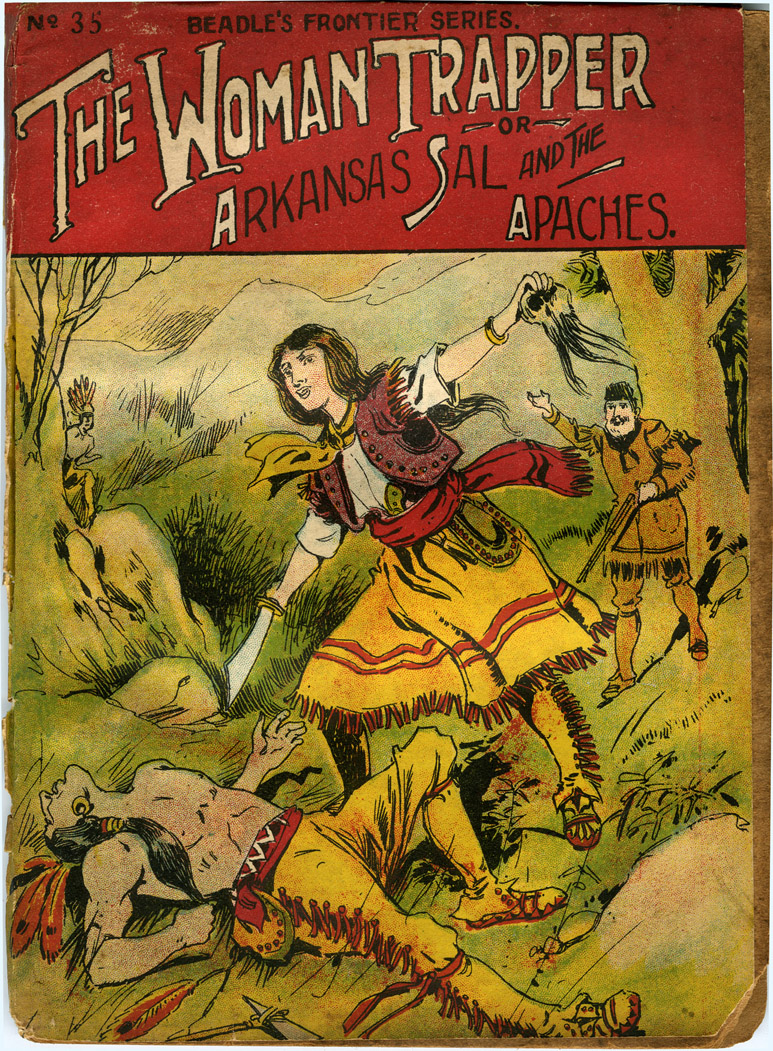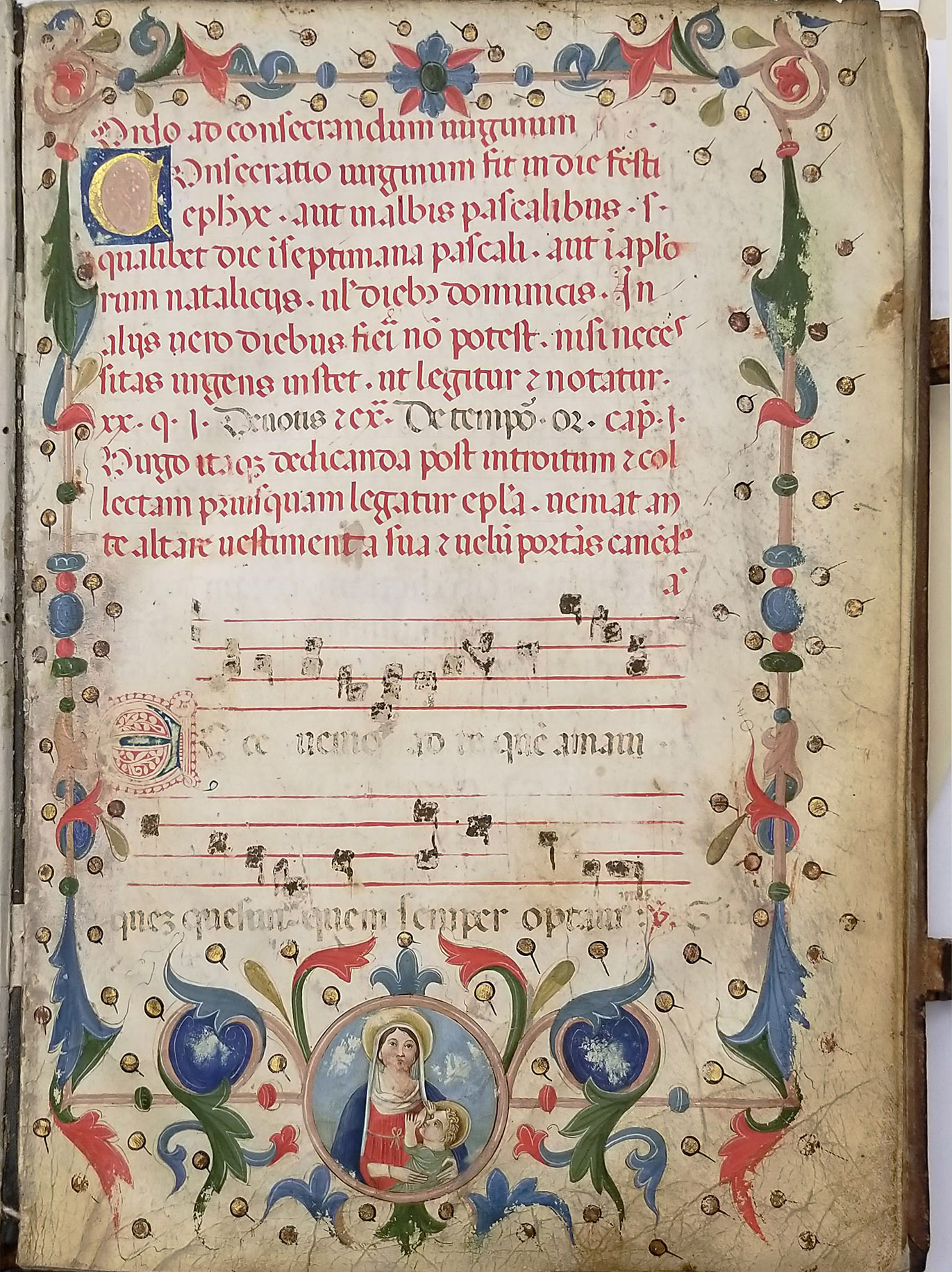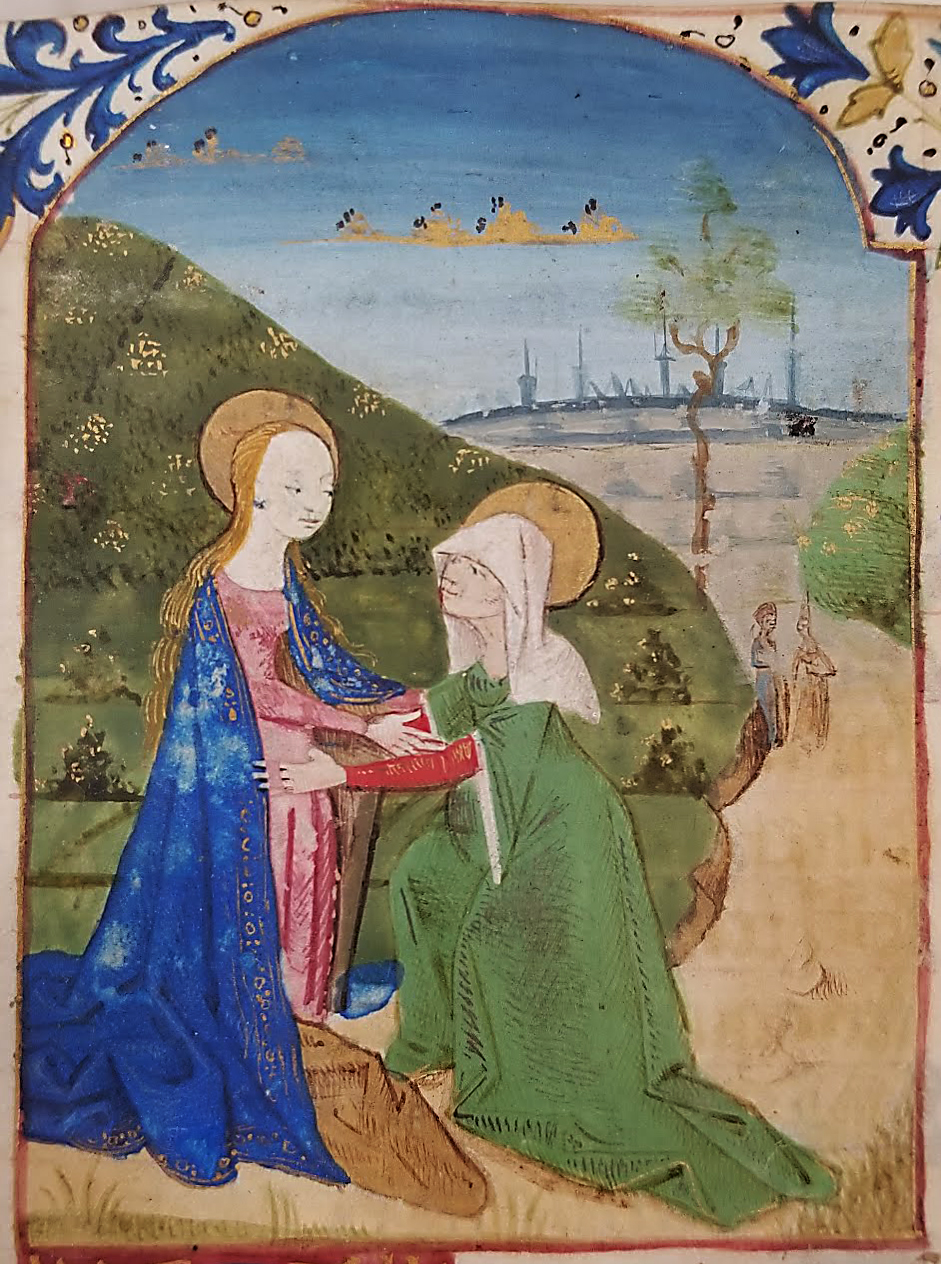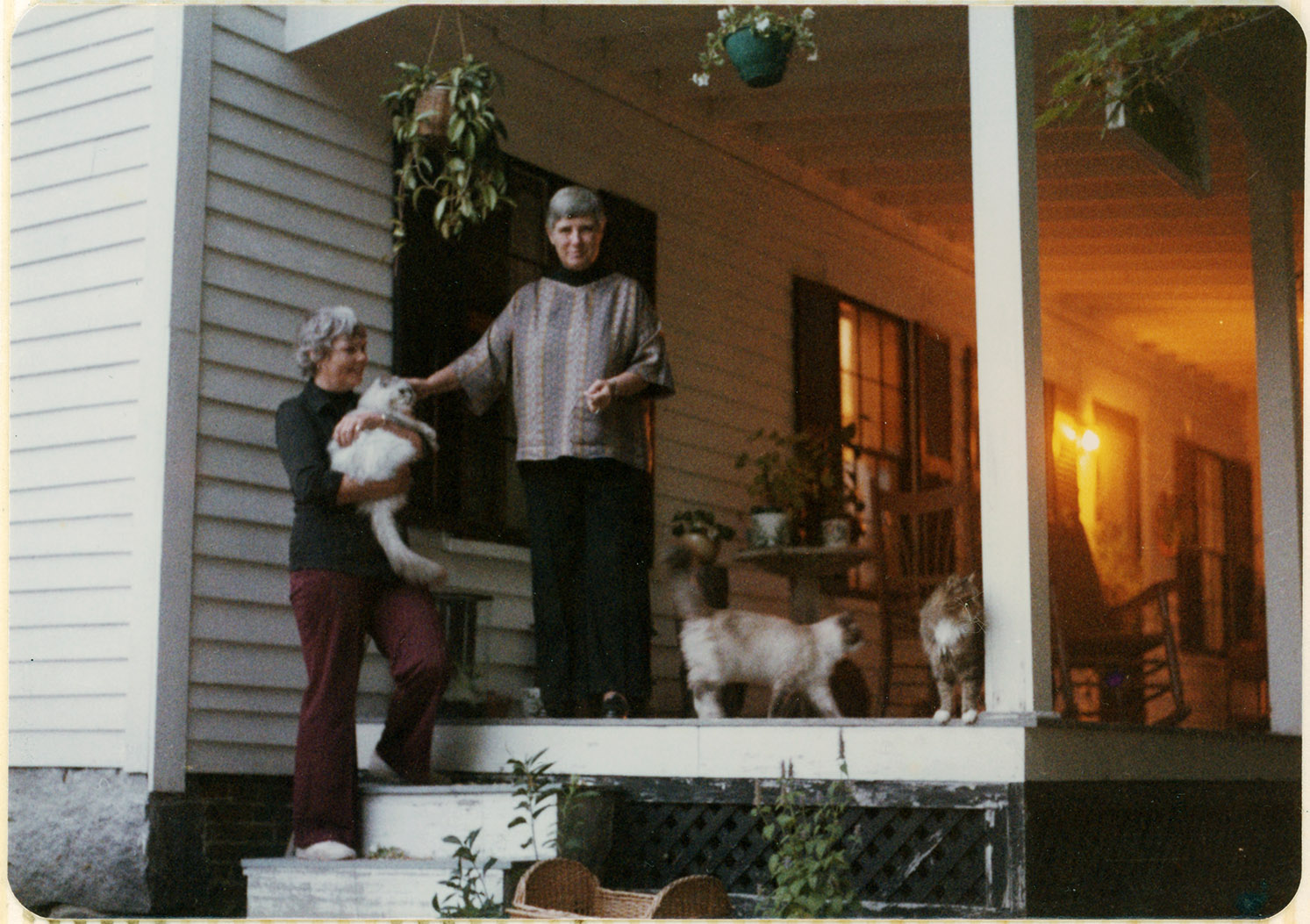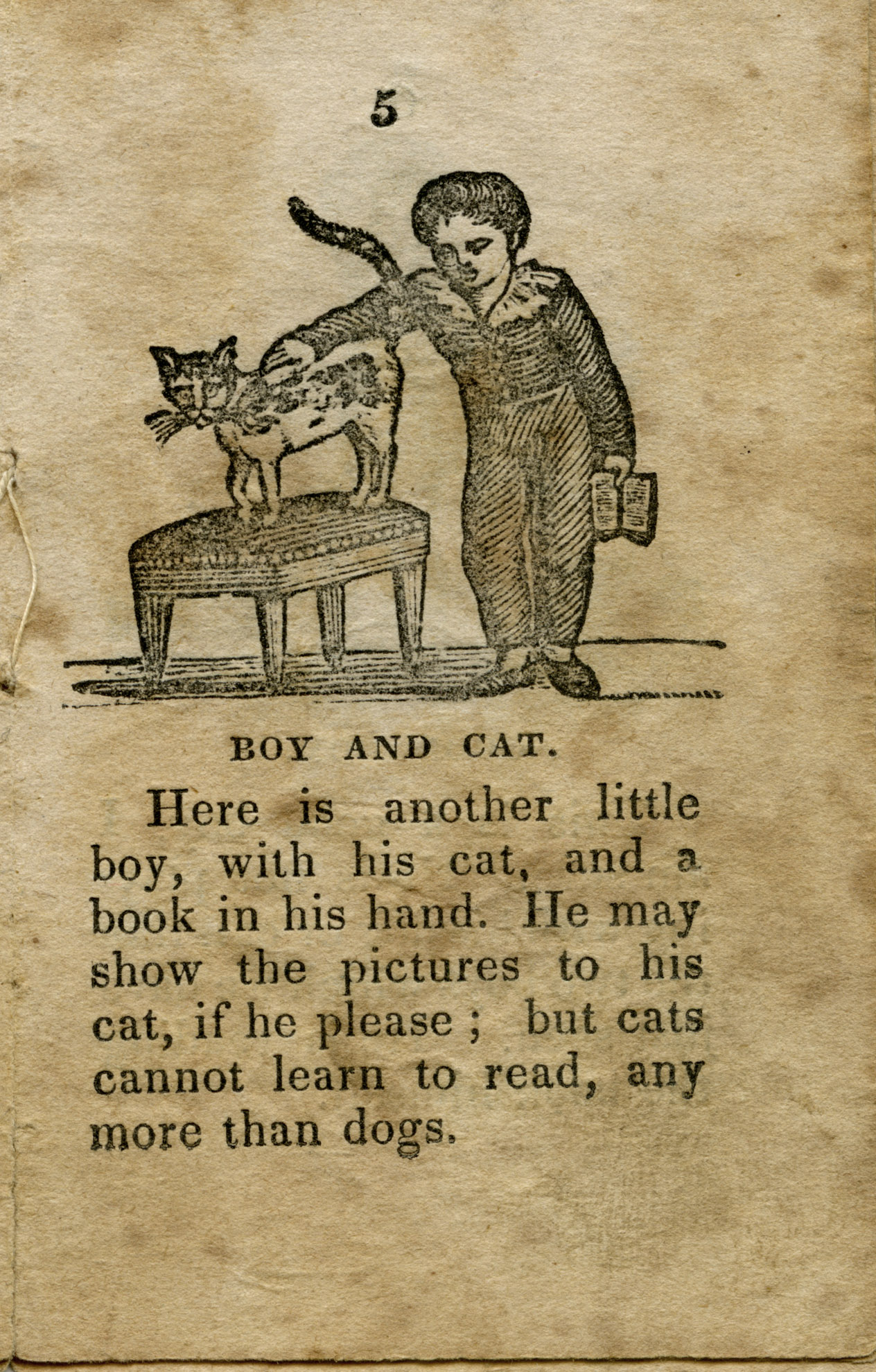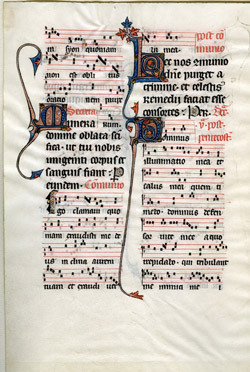Kanz al-daquia'iq fi'l-furu

Abu al-Barakat Hafiz al-din Abdallah ibn Ahad ibn Mahmud al-Nasafi was a Hanafi legist and theologian. He was born in Nasaf (now southern Uzbekistan) in CE 710, taught in the Madrasa al-Kutbiya al-Sultaniya in Kirman, and wrote the Kanz al-daquia’iq fi’l-furu (Treasure of niceties of the branches of jurisprudence), which became a frequently consulted tract of Hanafi law by fiqh scholars for many generations. Al-Nasafi died in Idjadj (Khuzestan Province, Iran), apparently on a return journey from a trip to Baghdad in CE 1310.
This small folio manuscript of al-Nasafi’s Treasure of niceties of the branches of jurisprudence was calligraphed by Ahmad ibn Amîr in the naskh script just over a hundred years after the death of al-Nasafi, making it a very early example of the important legal work. The manuscript is written in black ink with captions in red and extensive marginal and interlinear glosses throughout, typical for an Islamic legal manuscript of this period. Exact origin is unclear but the the first leaf includes entries in Ottoman Turkish.


